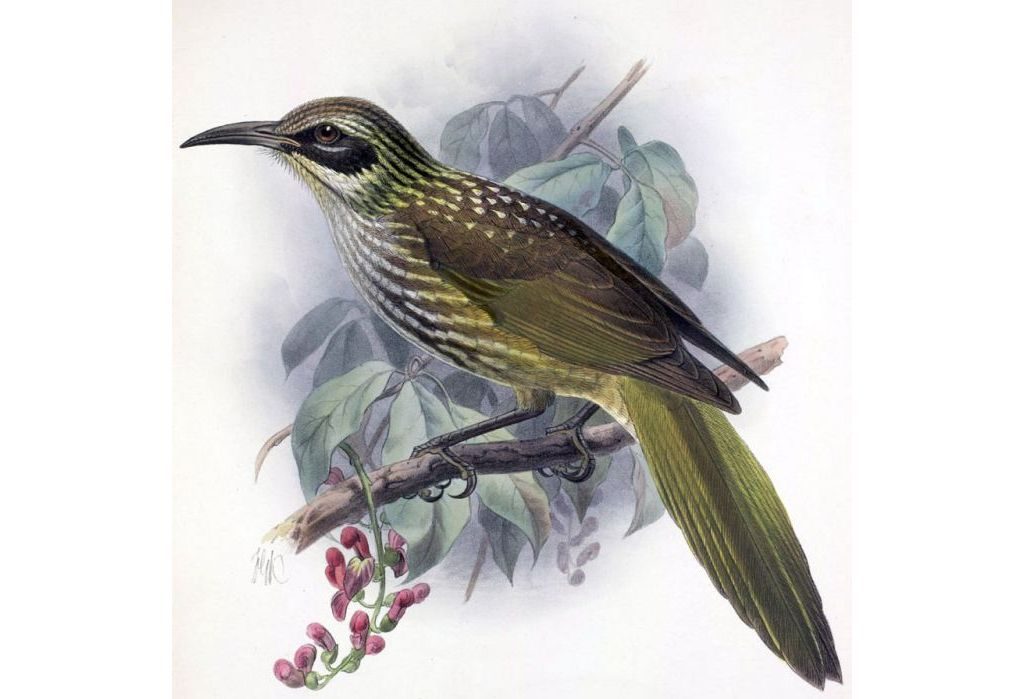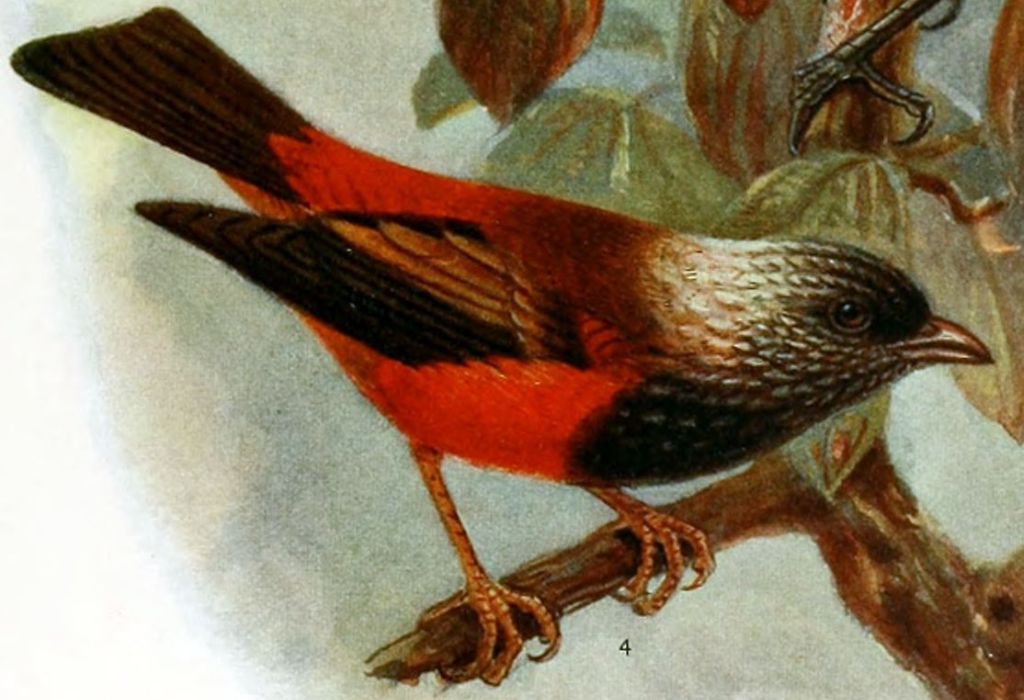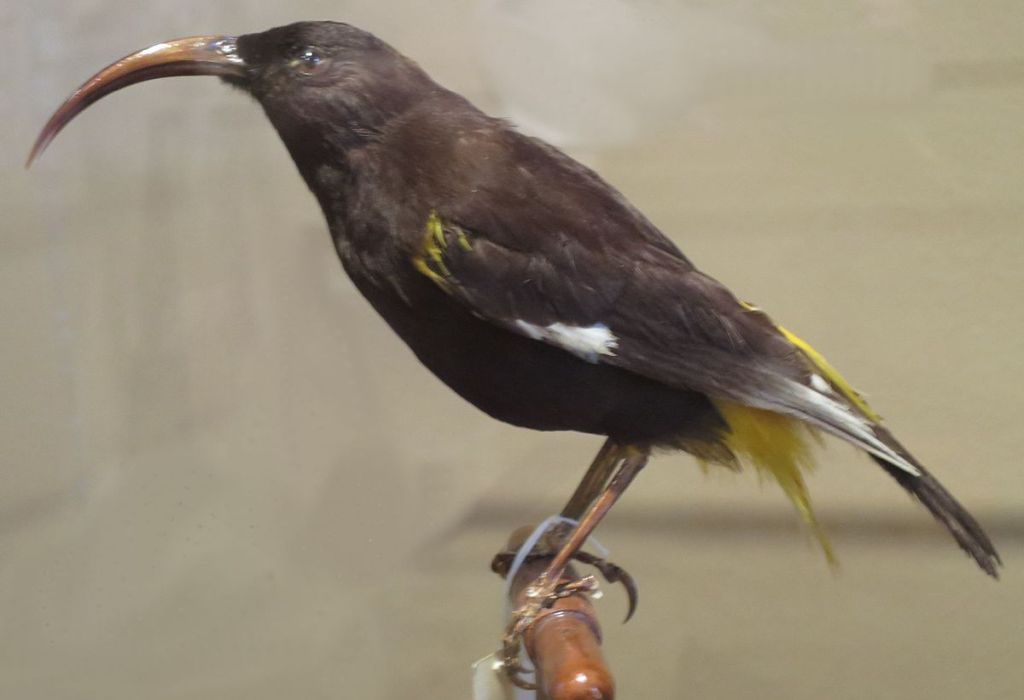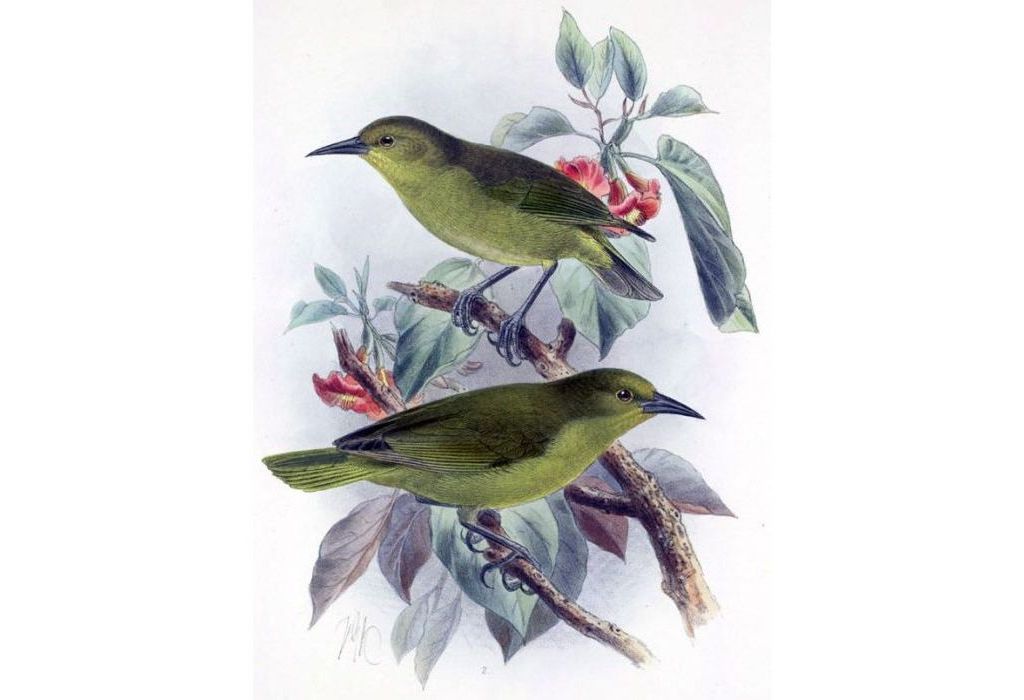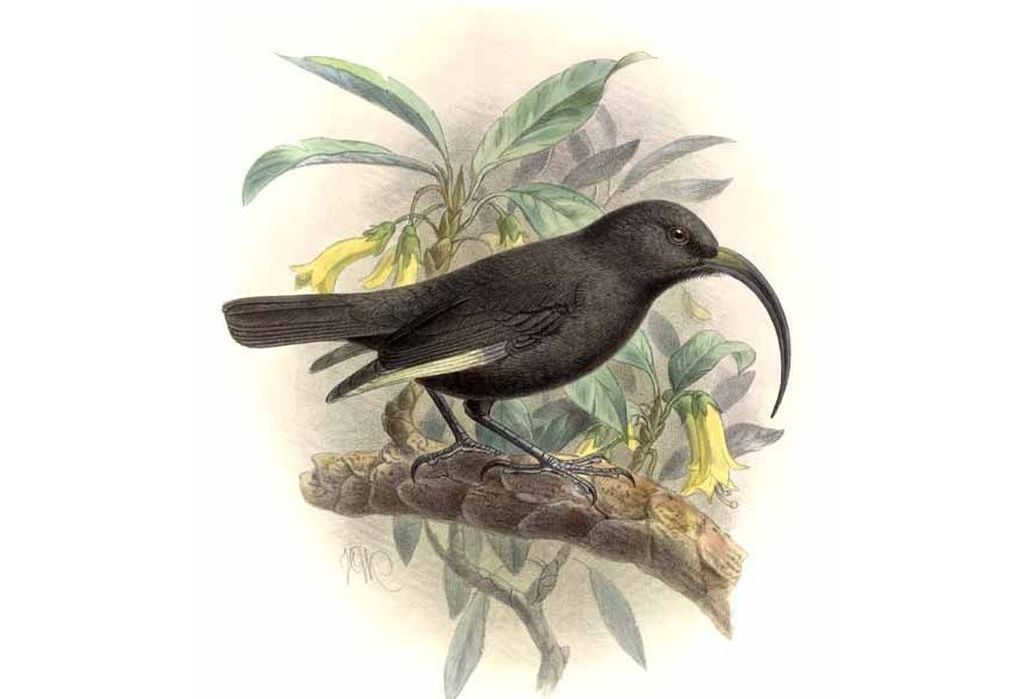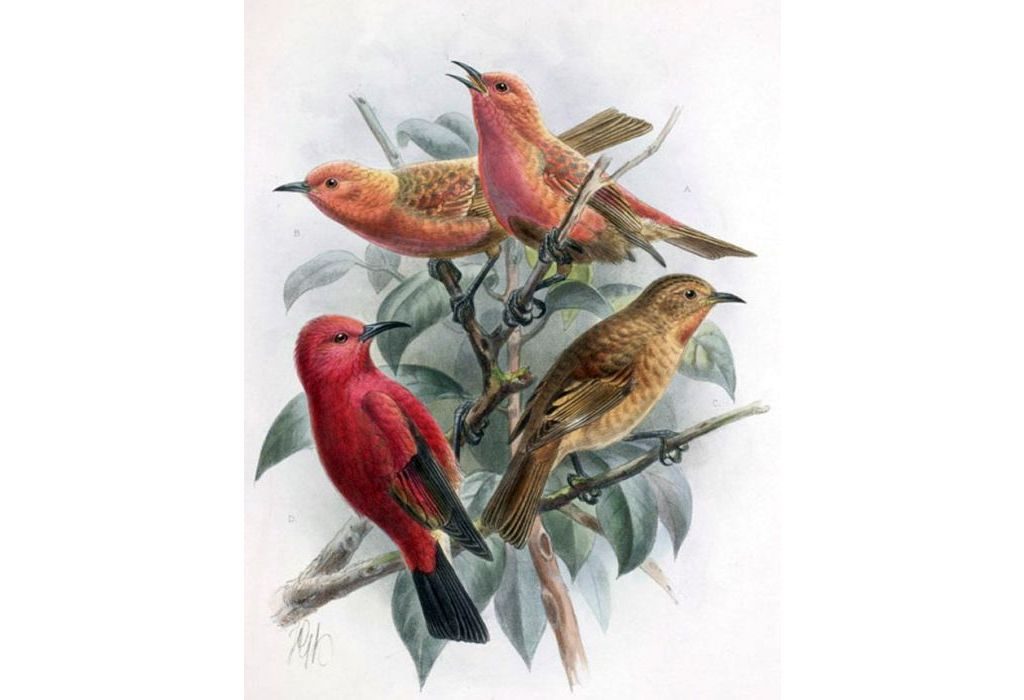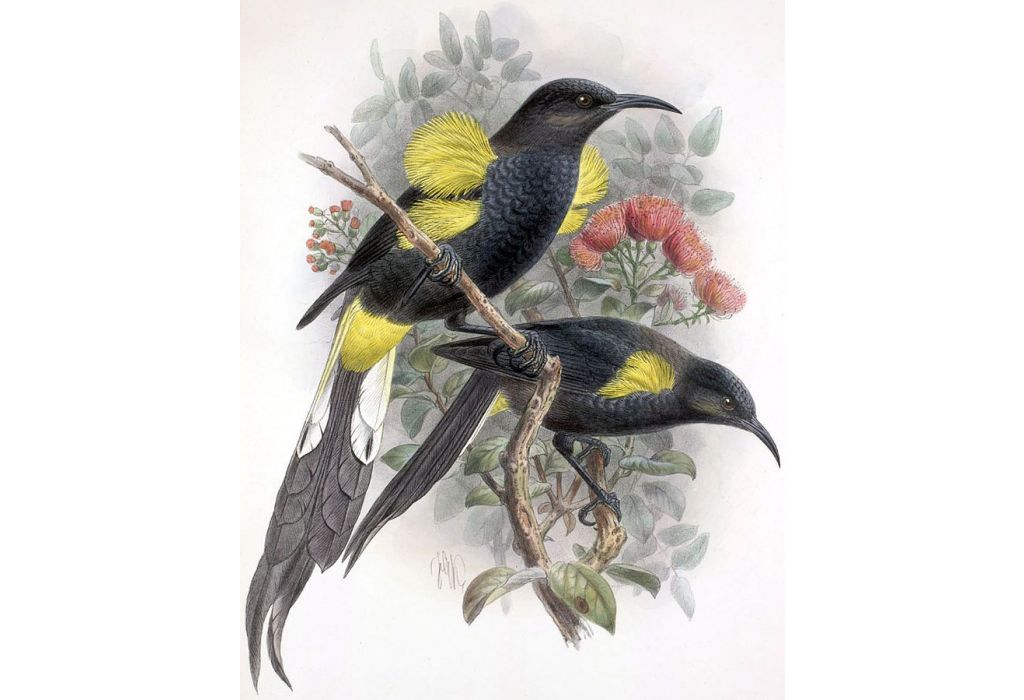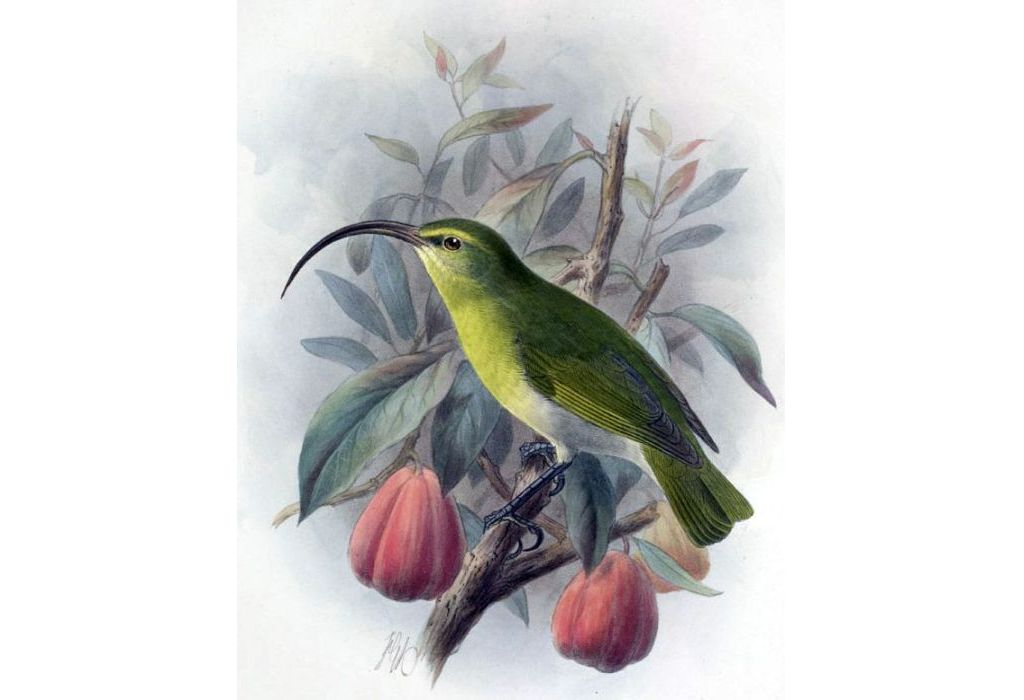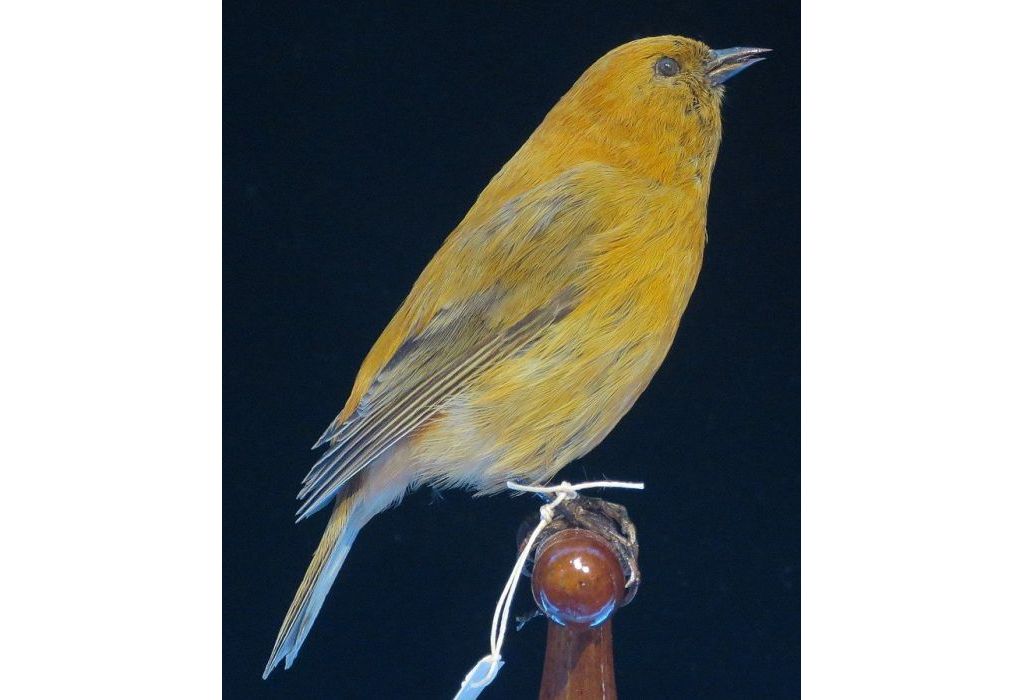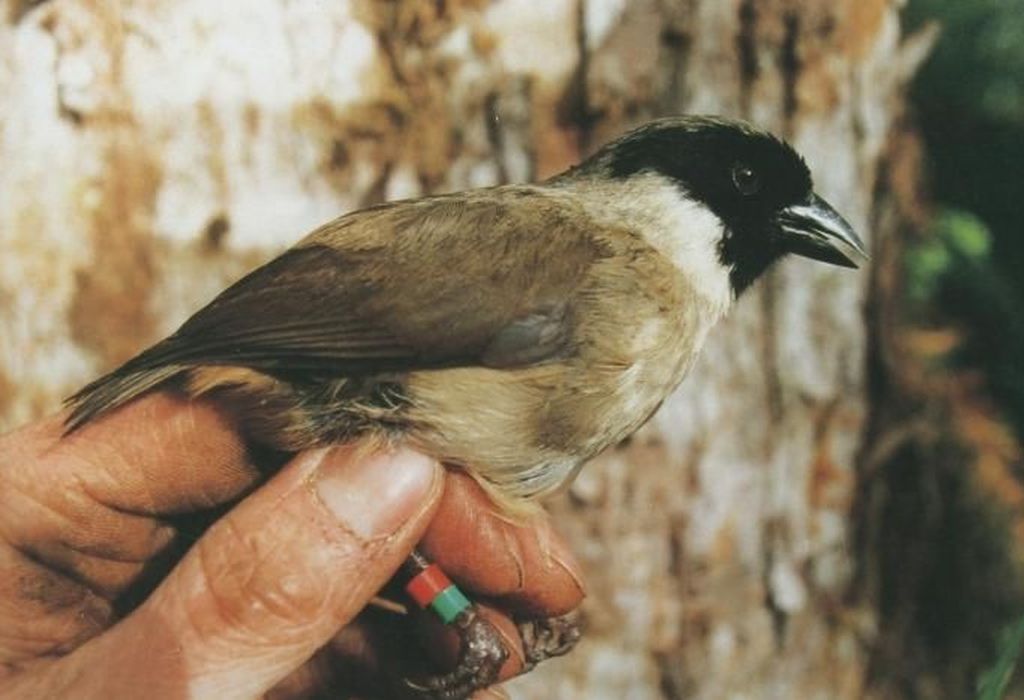By now in my series on Hawaii you’ve probably noticed that the rarest birds on the islands are threatened with extinction. Sadly this situation is normal. So many Hawaiian species have gone extinct and so many are on the edge today that Hawaii is known as the Extinction Capital of the World. The group of forest birds called Hawaiian honeycreepers are a case in point.
Five million years ago a flock of finches similar to redpolls (Carpodacus erythrinus) arrived from Asia, flying non-stop for more than 4,000 miles. When they arrived, Oahu and the Big Island didn’t exist, but over millions of years they spread out and evolved into 59 species of Hawaiian honeycreepers with a wide variety of beaks for exploiting Hawaii’s food sources. They diversified more than Darwin’s finches.
Each bird was perfectly evolved to survive Hawaii’s dangers but had no defense against off-island threats. Their exposure came with the arrival of humans. We came in two waves.
Polynesians arrived in Hawaii around 400AD and were here alone for 1,400 years. During that period 30% of the Hawaiian honeycreepers went extinct.
In 1778 Captain James Cook was the first European to see Hawaii, prompting immigration from the rest of the world. Since then, in just 240 years, another 39% of the honeycreepers have gone extinct. 18 species remain but six are so critically endangered they may be gone soon.
The slideshow above shows a fraction of what we’ve lost. The last bird, the black-faced honeycreeper or poo’uli (Melamprosops phaeosoma), is still listed as critically endangered with 1 to 49 individuals left on Earth. However, none have been seen since 26 November 2004. It’s probably gone.
Hawaii’s endemic birds go extinct so easily because of …
- Habitat loss: Humans cleared the forest for settlements. Some species had such a small range or specialized food that when their patch was gone, they were too.
- Introduced species, especially rats, cats and mongoose: The birds don’t know to move their nests out of reach.
- Avian malaria and avian pox: Honeycreepers have no immunity.
- Mosquitoes: Avian diseases, carried by mosquitoes, arrived with introduced birds. Honeycreepers don’t know to brush mosquitoes away. They catch malaria easily and it kills them.
- Climate change: There’s safety from mosquitoes at high elevation but climate change is heating the mountains. The mosquitoes are moving uphill.
Avian diseases caught from mosquitoes are the big problem. Fortunately there’s a silver lining. One of the honeycreepers, the Hawai’ian amakihi, can now live with avian malaria and is expanding its range within mosquito territory.
This 27-minute video, made in 2005 by Susanne Clara Bard, tells the story of the Hawai’ian amakihi’s survival. Though this video is a lot longer than I normally post, it’s worth even a short look to learn why Hawaiian birds face so many challenges.
The Hawai’ian amakihi evolved to survive malaria in only 200 years.
(images from Wikimedia Commons; click on the links to see the species account at Wikipedia)
Tour Day 9: Leaving the Big Island of Hawai’i for home
